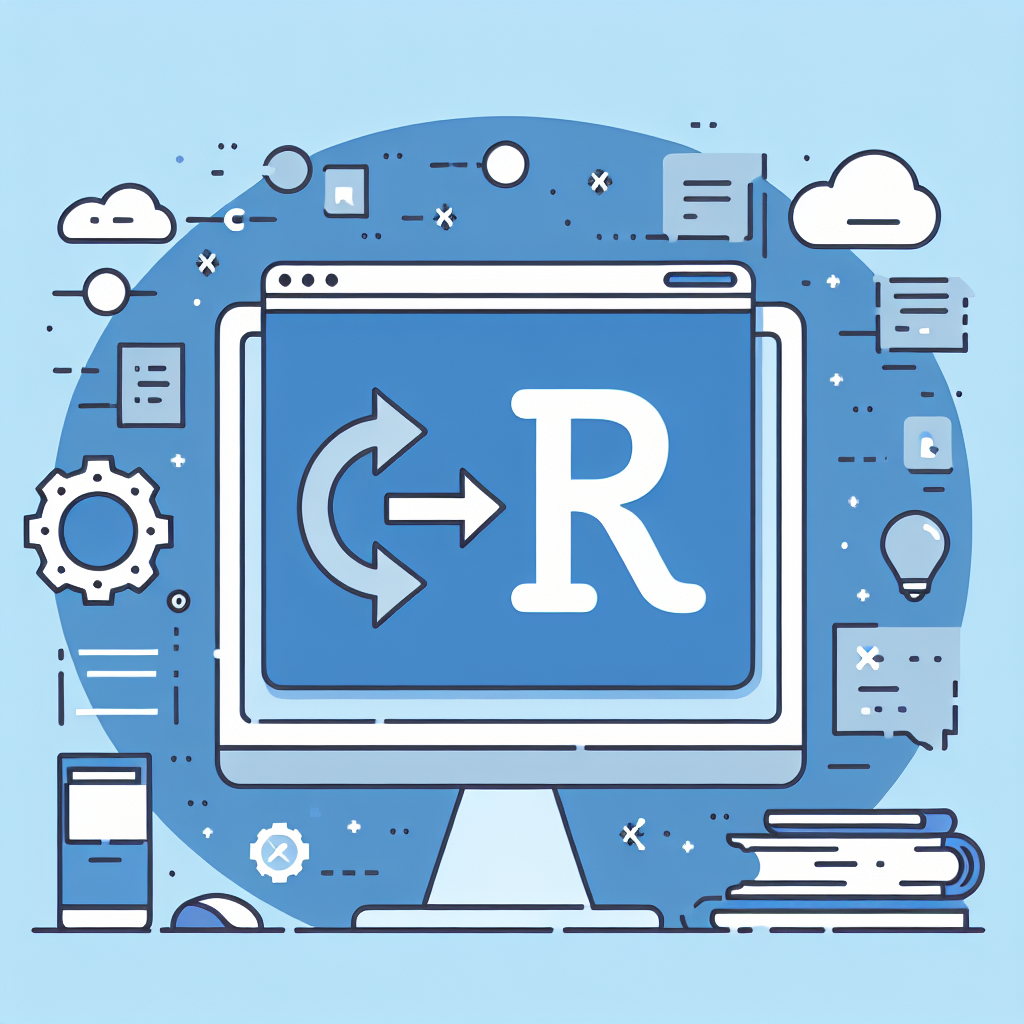Convert Visual Basic .NET to R Easily | VB.NET to R Tool
Effortlessly convert Visual Basic .NET code to R with our powerful tool. Enhance your coding projects and boost productivity today. Try it now!
Source Code
Converted Code
Output will appear here...
The Visual Basic Dot Net to R conversion tool seamlessly translates VB.NET code into R scripts, enhancing data analysis capabilities and bridging the gap between application development and statistical computing. Ideal for developers and data scientists, this tool boosts productivity by simplifying the transition between these powerful languages, ensuring efficient data manipulation and application integration. Enhance your workflow with this essential tool, perfect for leveraging the best of both programming worlds.

Visual Basic .NET to R Conversion Tool Link to this section #
Navigating the landscape of programming languages often necessitates transitioning code across platforms. Our 'Visual Basic .NET to R' tool provides a streamlined solution for developers seeking to convert Visual Basic .NET code to R, a language optimized for statistical computing and graphics. This tool caters to those looking to bridge the gap between object-oriented programming and statistical analysis.
Key Features Link to this section #
- Seamless Code Translation: Converts VB.NET structures, including loops, conditionals, and functions, into R's syntax.
- Data Type Mapping: Automatically maps VB.NET data types like
Integer,Double, andStringto their R equivalents. - Error Handling: Highlights incompatible structures with conversion suggestions, ensuring code integrity.
Usage Guide Link to this section #
Converting code from Visual Basic .NET to R involves understanding both languages' paradigms:
- Loops and Conditionals: VB.NET
Forloops likeFor i = 1 To 10are translated tofor (i in 1:10)in R. - Function Syntax: A VB.NET function:
converts to R:Public Function AddNumbers(a As Integer, b As Integer) As Integer Return a + b End Functionadd_numbers <- function(a, b) { return(a + b) } - Data Structures: Arrays in VB.NET convert to vectors or lists in R, depending on the complexity.
Best Practices Link to this section #
- Refactor Code: Simplify complex VB.NET code before conversion to reduce errors.
- Test Iteratively: Run R scripts in segments to ensure functionality matches expectations.
- Leverage R Libraries: Utilize R's extensive libraries for enhanced functionality post-conversion.
Additional Resources Link to this section #
This tool empowers developers to expand their analytical capabilities by integrating VB.NET applications with R's statistical prowess, enhancing data processing and visualization efficiency.
Frequently Asked Questions
How can I convert a Visual Basic .NET application to R?
Converting a Visual Basic .NET application to R requires a thorough understanding of both languages. You'll need to manually rewrite the code in R, as there is no direct automatic conversion tool. Start by identifying the core functionalities and data processing tasks in your VB.NET code, then find equivalent R packages and functions to replicate those processes.
What are the main differences between Visual Basic .NET and R that I should consider during conversion?
VB.NET is an object-oriented programming language primarily used for developing Windows applications, with strong support for GUI development. R, on the other hand, is mainly used for statistical computing and graphics, emphasizing data manipulation and analysis. When converting, consider differences in syntax, data handling capabilities, and the availability of statistical and visualization packages in R.
Are there any tools available to facilitate the transition from Visual Basic .NET to R?
While there are no direct tools for converting VB.NET code to R, you can use code analysis tools to understand and document your existing VB.NET code structure. Additionally, leveraging R packages like 'shiny' for web applications or 'dplyr' for data manipulation can help replicate some of the application functionalities in R.